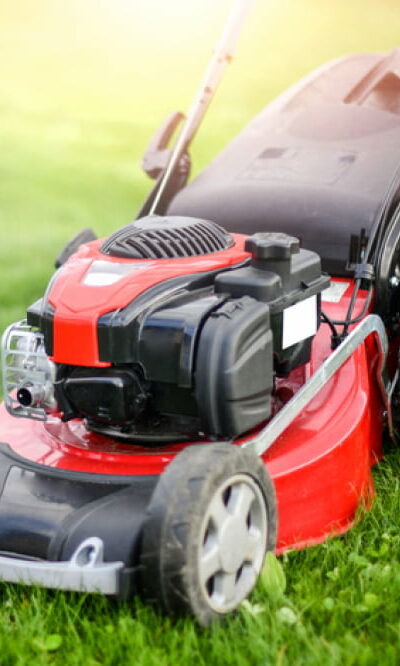
Top 6 lawn mowers to buy
Lawnmowers are a quintessential tool to keep one’s garden and lawn pristine throughout the year. They are necessary to reinforce the healthiest grass shoots, fight weeds, add nutrients to the soil, reduce the possibility of plants being attacked by pests, and keep debris in check. However, there are many models and options for lawnmowers in the market. Here are some of the top lawnmowers in the market available for purchase. EGO Power+ LM2102SP 21-Inch Self-Propelled Lawn Mower The EGO Power+ 21-Inch Self-Propelled Mower is among the top picks in the quality lawnmowers category. This cordless device can tackle any grassy surface on the lawn and, more importantly, provide consistent performance during any weather, be it a dry climate or a rainy day. Those not used to it will take some learning to use this self-propelled mower seamlessly. Once that is done, one will enjoy using it as they glide it throughout their lawn. This mower is powered by a 56-volt, 7.5 Ah battery that runs up to an hour before needing a quick charge. Its energy efficiency means this mower can cover any lawn up to 0.50 acres on a single charge. The EGO Power+ 21-Inch Self-Propelled Mower handles short and tall grass with ease. Also, the cutting heights are easy to adjust mechanically. Among its other positives are its speed and efficiency on slopes or hills. Sun Joe MJ401E-P2 Electric Lawn Mower For buyers on a budget, this lightweight lawnmower fits the bill perfectly. Unlike the earlier example on this list, this mower is a corded model that nevertheless provides exceptional performance and a range of features at a reasonable price. A particular benefit of this product is that it does not use gas like certain mowers. One can just plug it in, press “start,” and this machine’s 12-amp motor offers consistent grass cutting effortlessly.










